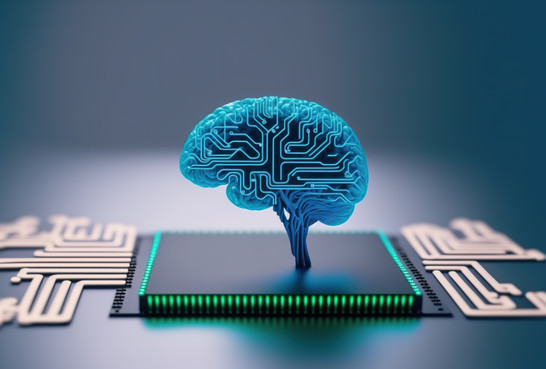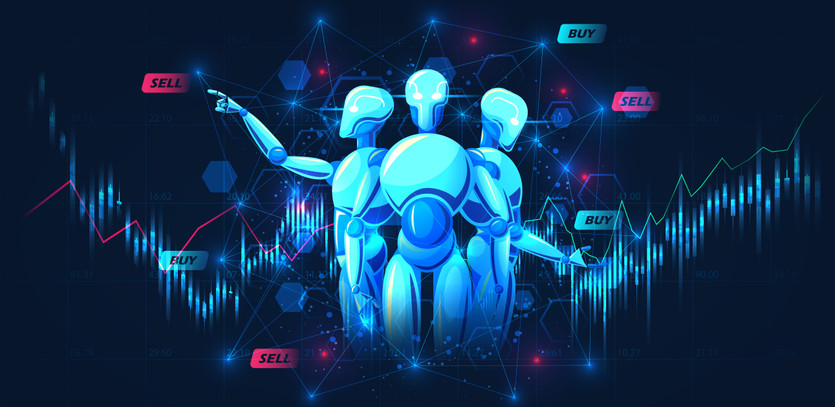AI and its Influence on Crypto Adoption: An In-depth Discussion
Cointelegraph's recent live Q&A session on AI and blockchain technology created an exciting opportunity for thought leaders to share insights. The virtual event was graced by Foresight Ventures' Tony Cheng, Hack VC's Ed Roman, and Haseeb Qureshi from Dragonfly Capital.
The conversation navigated through the potential implementations of AI in the crypto sphere, identifying start-ups that are effectively utilizing AI, and gauging investor interest in such businesses. The panelists agreed that it's premature to speculate on the future of AI and Web3 integration or potential industry disruptors. It's evident that extensive language models are in the nascent stages of development. Furthermore, the contrasting nature of AI as a centralized system and blockchain/Web3 as a decentralized, democratic entity was highlighted.
Challenges in Building AI-centric Start-ups
As Roman noted, most start-ups pitch solutions in search of problems, proposing infrastructure for use cases that are yet to exist. Cheng agreed, stating that it's relatively early to invest in AI-centric startups, particularly from a Web3 standpoint. While intriguing concepts have emerged from startups like ZK, including machine learning and on-chain AI, their practical applications are yet to be established.
Qureshi chimed in on this point, emphasizing that while people refer to AI-infused products, they often mean products with AI capabilities rather than solely AI-dependent offerings. Considering the absence of highly advanced models, businesses are left to observe competitor strategies and customer preferences, leverage AI models such as OpenAI, and build upon these insights.
Potential AI Use Cases in the Blockchain Domain
In terms of potential AI applications for blockchain, the panelists made several propositions. These included tailoring services based on user activity histories within DApps, detecting fraudulent activity and irregularities in smart code, and AI functioning akin to a financial advisor. Additional suggestions included enhancing user experiences through AI that elucidate the inner workings of smart contracts and DApp interactivities, which could subsequently boost cryptocurrency adoption.
Qureshi pointed out that AI's primary role lies not in creating or innovating but in simplifying and democratizing existing expertise. The most significant AI breakthroughs, he believes, will likely come in the form of team productivity enhancements rather than revolutionary AI-integrated products.

Addressing AI Limitations
Cheng expressed concern that the current AI models fall short in solving complex issues. Though they can perform elementary tasks like security audits, they fail to address complicated edge cases effectively. Meanwhile, Roman shared his observation that AI can occasionally "hallucinate," which can have severe implications in areas like autonomous vehicles with AI detection.
In highlighting AI-utilizing startups, Cheng mentioned the HIM project, which resembles the film 'Her.' This project lets users craft and interact with a virtual romantic partner. HIM employs AI to customize conversation styles, simulate emotional expressions, and expedite content generation.
Despite the challenges, the future of AI and blockchain integration holds promise. As Cheng concluded, "We're excited to see what will sprout from today's ideas and entrepreneurs."




